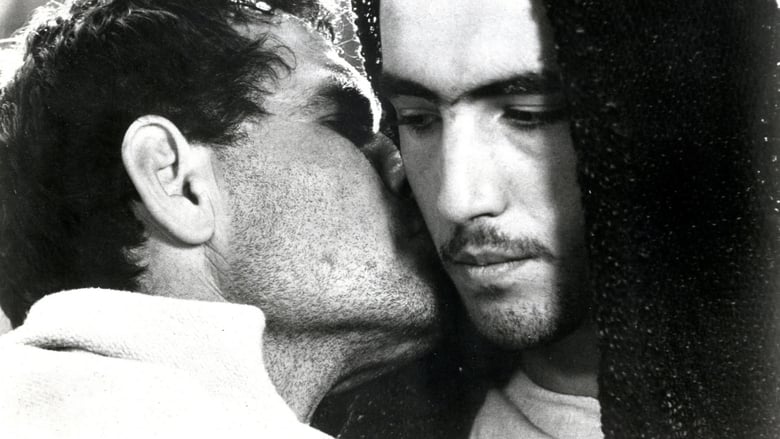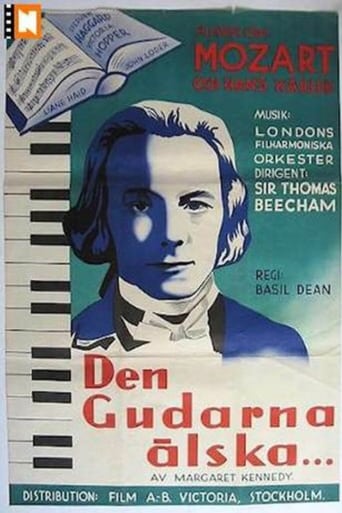This biblical drama from the Catholic Marxist director focuses on the teachings of Jesus, including the parables that reflect their revolutionary nature. As Jesus travels along the coast of the Sea of Galilee, he gradually gathers more followers, leading him into direct conflict with the authorities.


Similar titles
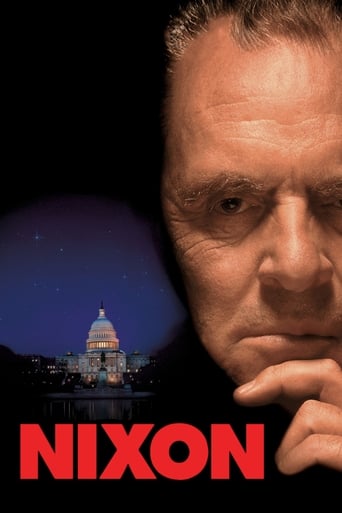

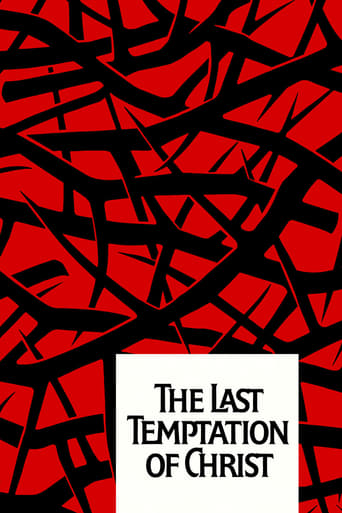

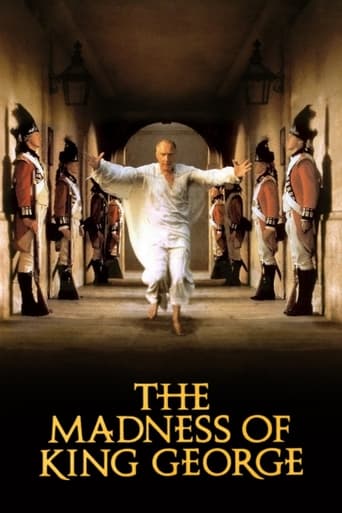

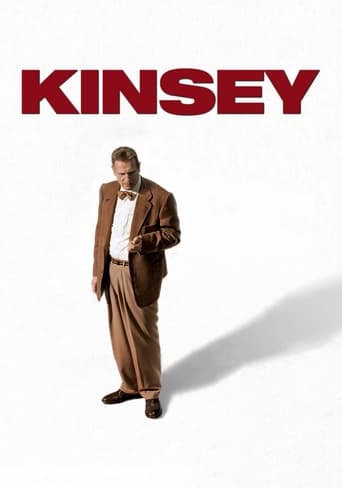
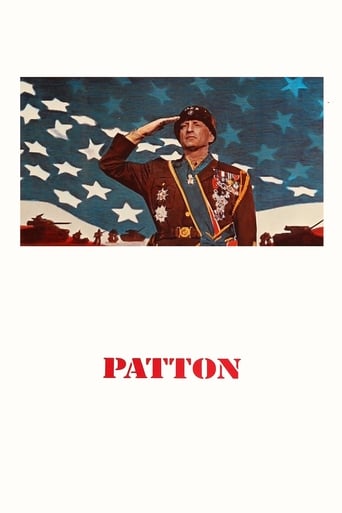
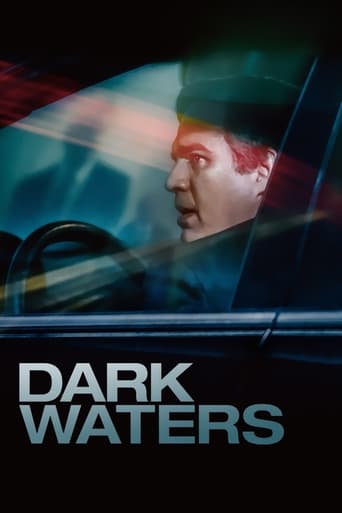
Reviews
Seriously, folks - I think that this film should be re-titled "The Gospel According to Pier Pasolini" (who was clearly no saint).... I mean, it was Pasolini who wrote the screenplay for this film, not "Saint" Matthew! And, with Pasolini being a confirmed atheist - That (to me) reduces this particular life-story of Christ to the level of being a total mockery of Christianity.But, the thing is - It's such a despicably amateurish attempt at religious mockery. And because of that its intended irony is buried so deep beneath all of its drudgery and dry-as-dust storytelling that one's apt to take this artsy-fartsy drivel at face value.And, finally - Speaking about the dead-faced, zero-charisma actor, Enrique Irazoqui, who played the Christ character - Believe me - He certainly lacked the essential acting-chops to convince me of Jesus' divinity.And, when it came to performing Christ's most famous "miracles" - It was a truly laughable "magic show" that made the preposterous junk we are shown in Cecil B. De Mille's "The Ten Commandments" look totally believable by comparison.
Along a rocky, barren coastline, Jesus begins teaching, primarily using parables. He attracts disciples; he's stern, brusque, and demanding. He comes to bring a sword, not peace, he says. He's in a hurry, moving from place to place near the Sea of Galilee, sometimes attracting a multitude, sometimes being driven away.The director reportedly chose Matthew's Gospel over the others because he had decided that "John was too mystical, Mark too vulgar, and Luke too sentimental." An interesting analysis, and more interesting that he picked just one rather than combine them as people tend to do. Given Pasolini's well-known reputation as an atheist, a homosexual, and a Marxist, the reverential nature of his film could come as a surprise at a first approach.The film received mostly good reviews from critics, including several Christian critics. Philip French called it "a noble film," and Alexander Walker said that "it grips the historical and psychological imagination like no other religious film I have seen. And for all its apparent simplicity, it is visually rich and contains strange, disturbing hints and undertones about Christ and his mission." The Vatican allegedly said it was the best version of Jesus' life on film. How strange that a homosexual, atheist revolutionary could tell the story so well... or perhaps it is not strange at all?
The fact that this is hailed as a "masterpiece" and "one of cinema's greatest achievements" is truly astonishing. Along with Herzorg's "Heart of Glass", Pasolini's "Gospel" is one of the truly abhorrent works of world cinema. I spend my life defending "art-house" cinema against its detractors who claim that it's pretentious and self-indulgent. This is truly one of those films which gives all of world cinema / art-house cinema a bad name.Where to start...? Needless to say, one cannot really lay any blame on the screenplay. Here we have one of the most fascination, stirring, important, enduring and influential stories of all time, without which we would have no Man with No Name, no Star Wars, no Harry Potter. I can honestly say I've seen pre-school productions of the passion which moved me more than this. In fact, the most astonishing thing about this film is that it manages to make you not care about Jesus' life or death at all.The acting is staggeringly bad. The guy who plays Jesus looks the part, but he has one facial expression with which to communicate the entire range of Jesus' experience. One facial expression for the whole movie. Seriously, this guy makes Steven Seagal look like Laurence freaking Olivier. In spite of his oak-like demeanour, Pasolini's Christ manages to come off as angry and intolerant, rather than divine. He shouts, he condemns, he dictates. This is hardly surprising, given Pasolini's radially political sensibilities, but did he have to make Jesus look like a jerk just to appease his own malcontented frustrations?The actors playing the disciples, admittedly, have greater range, though not by much. Typically, their expressions range from confused to bemused. What's worse, they look like a bunch of Italian rent boys; all designer stubble and greasy hair. One of them has more wax in his hair than Elvis, which is fascinating given that the film is set 2000 years ago.This brings me to one of my biggest problems with this film; the countless anachronisms. Costume design is all over the place - no two people look like they come form the same period or region. The music used ranges from traditional Congolese songs to Negro-spirituals to European Baroque choral music. Many critics lauded this "eclectic" use of costume and music. For me, hearing Odetta singing "Motherless Child" while I'm looking a Jesus clearly in his mother's arms while she wears Byzantine-era clothing is plain stupidity. Frankly, it's also a bit of an insult to the song, which is about black children who were taken from their parents as infants to be slaves. Is Pasolini comparing the plight of the Jews to the plight of early slaves in America? Frankly, based on the evidence so far, that would be giving him way too much credit.I am also confused as to the presence of a female angel, since none are ever mentioned in the book of Matthew or any other book. This wouldn't bother me per se, were it not for the fact that, this glaring error notwithstanding, Pasolini deliberately stuck to the gospel verbatim, even going as far as to use no dialogue aside from that found in the book of Matthew. For this, the film suffers even more. I hardly think Matthew was worried about the book's validity as a screenplay when he was writing it, so this pious insistence on sticking to his words is absurd, and totally out of keep with the other "stylistic" choices the film makes, namely the rampant anachronisms.Continuity and sound-dubbing are hilariously bad; one of my favourite moments is when we see a man playing with his baby. The baby looks annoyed and grumpy, yet the image is complimented with the classic baby- giggling effect you get in diaper commercials. When Jesus is a baby, Mary is played by a girl who can't have been more than 15 years old. When Jesus is an adult - some 30ish years later - Mary is played by Pasolini's mother, who was almost 70 years old at the time. Are we supposed overlook the fact that Mary has bizarrely aged 55 years? If so, why? What is Pasolini's point in using his own mother as the mother of Christ? Surely an atheist, Marxist homosexual would have no desire to compare himself to Christ... Frankly, I don't care enough to think about it.The camera operator was clearly either drunk or a child. On at least two occasions he pans to an empty space before clumsily fumbling up or down toward the person or thing he was supposed to be filming. One has to wonder, why on earth didn't Pasolini simply do another take? Was he in a hurry? I can only deduce that he was, as the whole film is made in such a slap-dash way, it's as if he simply didn't care what ended up on the screen. And there we are again, not caring. Pasolini has managed to make me completely indifferent to what is supposed to be the most moving story ever told.Put simply, this film is an abomination. An insult to cinema and an insult to anybody who has two-braincells to rub together. Avoid!
An extremely famous film about an extraordinarily famous Gospel, that of Saint Matthew, yet I am wondering what makes it different from so many other versions of that story. Even the music is not original. So what is? It is purely artistic, will I say, but what do I mean exactly? First Pasolini decided to shoot his film in black and white, or if you prefer all in gray. I would say that projects us into the past at once. We are in an old story we all know by heart or nearly and since it comes from so far away it does not need any colors. We are color-blind when remembering the distant past.Second the story is condensed essentially to the words of Jesus and the voice over of a narrator, or nearly just to that. Any other voice is particularly strong then, for example Peter denying his knowing Jesus three times. We don't need the cock after that.This story telling technique is to make us jump from one episode to another with absolutely no link in-between. Ellipse upon ellipse, our knowledge of the story links up the pieces of the tale. The vision then can be hyper simplified. No special costumes, no special sets, no special effects either. Just plain, simple, even brutal facts, nearly too brutal to actually be moving. It becomes cold after a while.Then the camera is used in the strangest way possible: slow long movements over vast distant landscapes alternate with close-up shots of faces or small numbers of characters. Very few scenes of action, violence or movement. We are nearly confronted to a still life that is so static that we are like turning the pages of a picture book or a book of engravings telling us the story.In those nearly immobile pictures Pasolini adds speech, and nothing else but speech, no dialogue, just Jesus in a way reciting his own gospel and a narrator linking up the bits and pieces. In such a still, slow, nearly stagnant succession of scenes that makes you jump over from one to the next as if it were a slide show you feel no emotion, no passion, just a message that is transmitted to you with as little interference as possible.Some say it is a masterpiece. It might have been but today it looks slightly sallowish if not faded. It remains an impressive message but it misses the human dimension, even if Jesus is the Son of Man and in a way not human. Pasolini has invented with this film a Franciscan cinematographic Passion, but there is a lot more about Jesus than this grayish panegyric of poverty and the poor.Dr Jacques COULARDEAU, University Paris 1 Pantheon Sorbonne, University Paris 8 Saint Denis, University Paris 12 Créteil, CEGID

